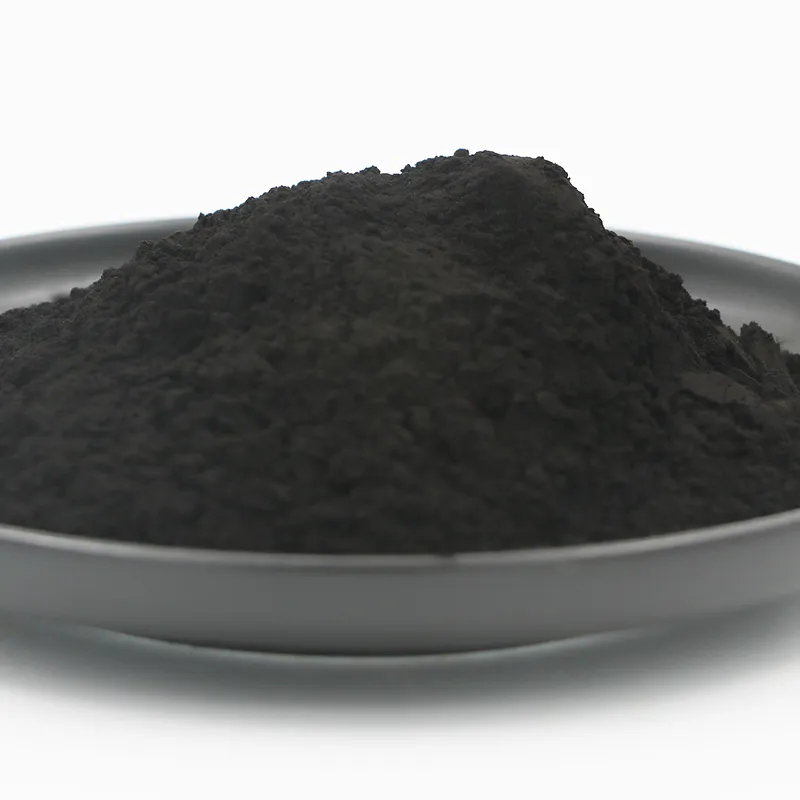Which Is The Best Gilsonite Molecular ? + Complete Comparison | Great Price
Gilsonite, which is a naturally occurring asphaltite bitumen, is composed of a complicated combination of a variety of distinct chemical components
Gilsonite magnetic may be found all over the world
It was collected in the Uinta Basin, which is in the state of Utah, and may be found in the general vicinity of the town of Bonanza
The goal of this work is to compare and make sense of the information that was gleaned from a variety of research approaches
The objective of this work is to provide a more complete picture of the molecular structure of Gilsonite, which is particularly important in the field of fuel processing
The Gilsonite was characterized by using techniques such as elemental analysis (EA) to determine the concentrations of carbon, hydrogen, nitrogen, and oxygen; Fourier transforms infrared spectroscopy (FTIR) for comparative analysis of the chemical structures; nuclear magnetic resonance spectroscopy of hydrogen (1 H NMR) to determine the aliphatic and aromatic hydrogen fractions; thin layer chromatography-flame ionization detection (Iatroscan TLC-FID) to quantify saturated In order to carry out a chemical analysis of the possible mechanisms that led to the formation of Gilsonite, the results were evaluated in conjunction with the geological data that was easily accessible as well as with a variety of bitumen
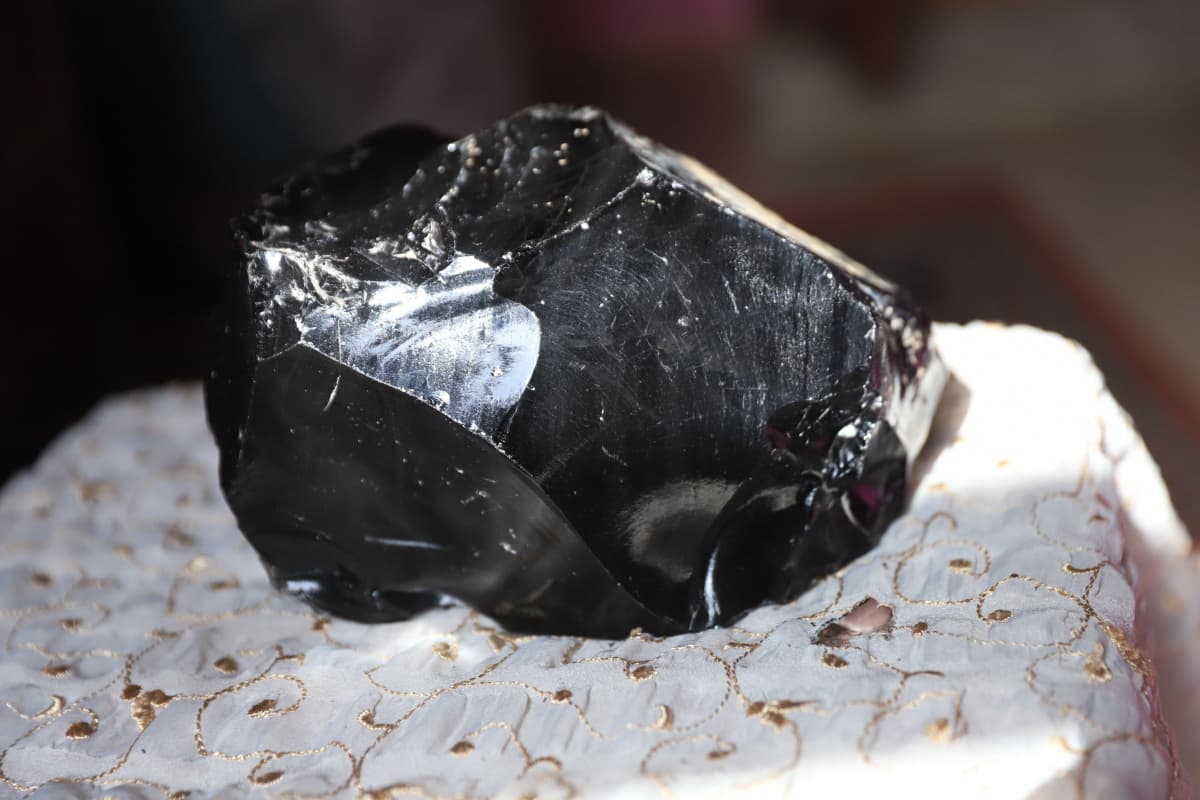
Gilsonite
This was done in order to investigate the formation of Gilsonite
Gilsonite was found in the Uinta Basin, and its primary characteristics included low hydrogen to carbon atomic ratio (1
44), a low sulfur concentration (0
27 weight percent), and high nitrogen content
These were the three most notable aspects of this mineral (3
25 weight percent)
The findings of the FTIR analysis revealed the existence of alkane, aromatic rings, phenyl rings, alcohols, carbonyl groups, organic sulfoxides, and sulfate salts
All of these components were found in the sample
According to these studies, Gilsonite is made up of high-molecular-weight polycyclic components that are constructed of heteroatoms containing nitrogen, sulfur, and oxygen
In a similar fashion, FTIR examination revealed that clay mineral imprints can be observed in Gilsonite
It is interesting to note, according to the findings of the iatroscan research, that Gilsonite has a substantial amount of asphaltenes (79
7 weight percent), but absolutely no aromatics at all (0 wt
percent)
When compared to the whole product, the yields of saturates and resins barely account for 1
6 weight percent and 18
7 weight percent, respectively
In addition, the colloidal instability index for Gilsonite was determined to be 4
34 when the SARA method was utilized in the calculation
This points to the fact that Gilsonite is a very unstable mineral
The findings of the proton NMR studies indicate that the aliphatic hydrogen component accounts for approximately 95
38 percent of the total, whereas the aromatic hydrogen portion accounts for approximately 4
62 percent of the total
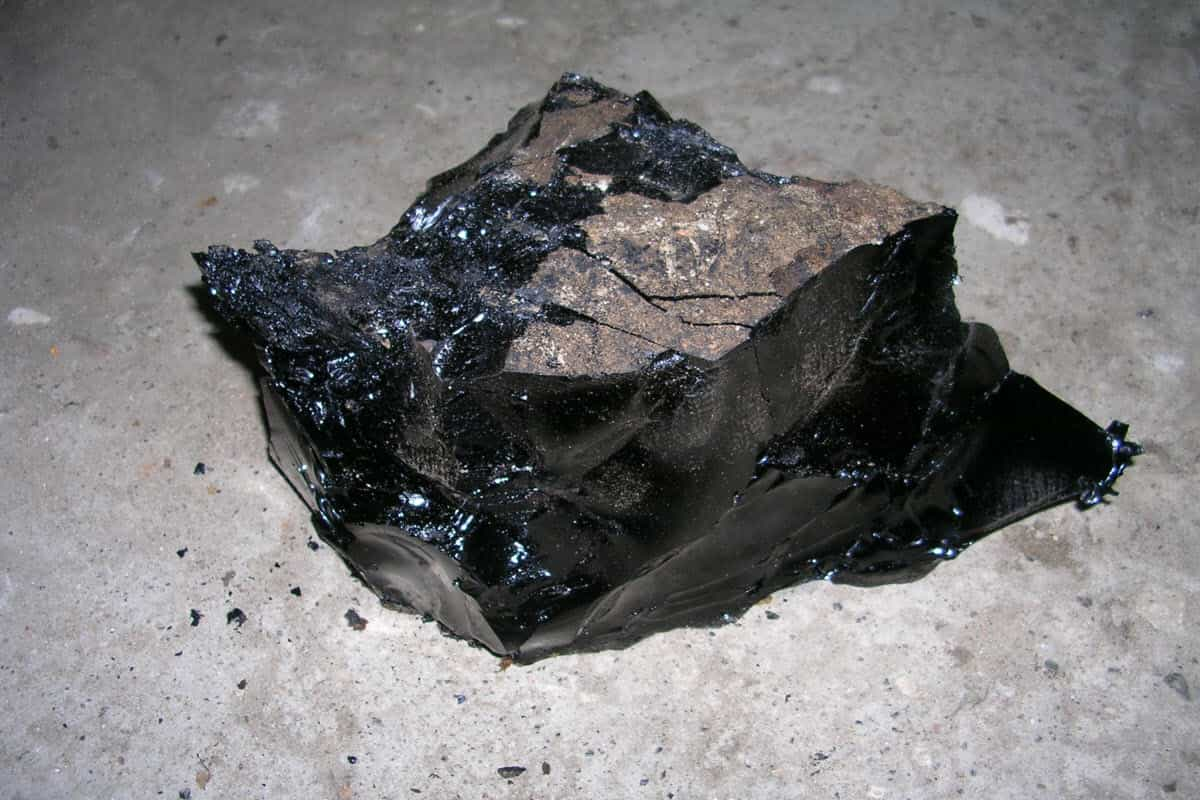
American gilsonite
Gilsonite Molecular Structure
Gilsonite from the Uintah Basin has been subjected to a wide range of complex analytical tests in order to better understand the one-of-a-kind qualities it possesses
As a point of reference, the testing methods include vapor pressure osometry (VPO), Fourier transforms infrared spectrometry (FTIR), vacuum thermal gravimetric analysis (TGA), nuclear magnetic resonance (NMR), high-performance liquid chromatography (HPLC), rapid capillary gas chromatography (RCAP), and several fractionation techniques
Both the H/C ratio and the NMR analysis point to the existence of a sizeable aromatic fraction
The vast majority of the aromatic compounds are found in stable conjugated systems, which are most likely porphyrin-like structures because of the geologic origin of the product
The remaining portion of the product is made up of lengthy paraffinic chains
A high nitrogen content, which is mainly present as in pyrrole, pyridine, and amide functional groups, is one of the characteristics that sets Gilsonite apart from other minerals
In addition, there are carbonyl and phenolic groups present
The low oxygen content in comparison to the high nitrogen content suggests that a significant portion of the nitrogen possesses fundamental functionality
This is probably the reason why gilsonite possesses the unique surface wetting properties that it does, in addition to its resistance to free radical oxidation
Around 3000 is considered to be the typical molecular weight of gilsonite
In comparison to other asphalt products and the vast majority of synthetic resins, this is a very high value
It’s possible that this has something to do with the behavior of gilsonite powder as a “semi-polymeric” resin when it’s used as a modifying agent in polymeric and elastomeric systems
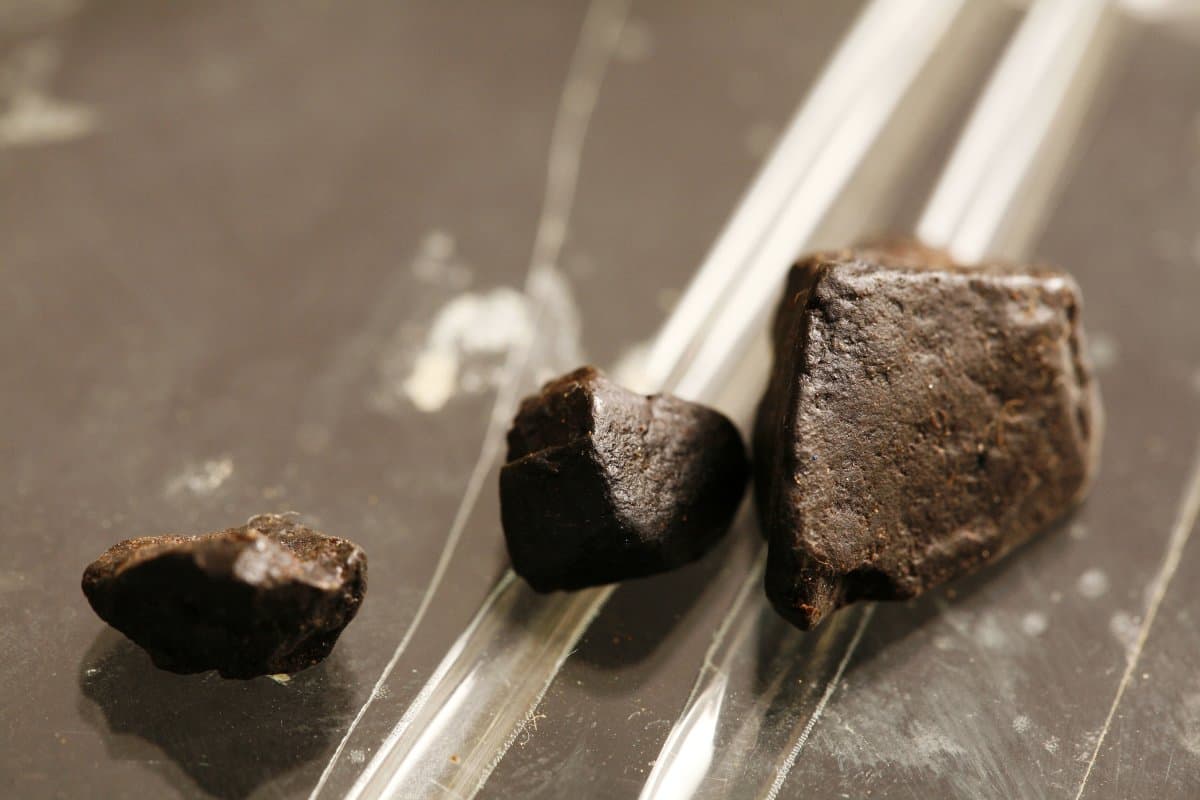
Properties of gilsonite Emulsions
Gilsonite possesses a certain amount of potential for chemical reactivity
There have been reports of cross-linking as well as reactions of the addition type
Under certain circumstances, gilsonite has been shown to react with compounds containing formaldehyde
Solvents made of aliphatic, aromatic, and chlorinated hydrocarbons are all capable of dissolving gilsonite
Although it is insoluble in the majority of ketone solvents, it is soluble in mixed aromatic solvents that include a component of the ketone
Gilsonite is insoluble in aqueous solutions, as well as alcohols and acetone
The naturally occurring hydrocarbon bitumen known as Gilsonite can be found in the form of dikes (veins), sills, fracture fillings, and disseminated blebs
It is most frequently found in association with oil shale and tar sand
On weathered surfaces, black Gilsonite has an appearance that is similar to coal, and on fresh surfaces, it has an appearance that is similar to obsidian in that it is shiny and black
Different types of fracture surfaces can be found, such as conchoidal, columnar (penciled), flaky, or scaly (figure 2)
Gilsonite can sometimes be found in deep parts of certain veins in a state that is somewhere between liquid and solid
There were once three major subdivisions of Gilsonite that were defined by industry: selects, seconds, and jet
These divisions were based on appearance and fusing temperature
The desirable material is extremely shiny, melts between 300 and 334 degrees Fahrenheit, and most frequently occurs in the vein centers
Seconds are typically found along vein margins and can have columnar jointing
Their fusion temperature ranges from 306 to 361 degrees Fahrenheit, and they have a somewhat duller appearance than the selected (penciled texture)
A penciled texture develops perpendicular to the vein walls and extends approximately 15 centimeters (6 inches) into the ore (Verbeek and Grout, 1993)
The texture of gilsonite can also be described as scaly or flaky in certain locations
The third and most peculiar variety is called jet gilsonite, and it has a surface that is dazzlingly shiny, a color that is bluish-black, and a melting point that ranges from 390 to 446 degrees Fahrenheit (Abraham, 1960)
Only in the Cowboy vein has it been discovered up to this point
Gilsonite is now separated into five distinct ranges, each of which is priced differently due to the different applications each range is best suited for and the different temperatures at which it can be fused
Gilsonite may be mixed from several different veins or from several different parts of the same vein in order to produce a product that has a particular fusing temperature range
Gilsonite is distinguished from other asphaltites based on its physical and chemical properties, which are outlined in Table 1
These properties are also helpful in identifying potential industrial applications for the mineral
Gilsonite was first found in the 1860s and was given its name in honor of Samuel H
Gilson
People in the area began referring to this material as Gilsonite rather than using its scientific name, which is uintahite, because of Gilson’s enthusiastic development and promotional efforts
Although Gilson was not one of the original discoverers of Gilsonite, his efforts to link the material to him helped it become widely known (Kretchman, 1957; Covington, 1964)
The early adoption of the name Gilsonite by a mining company and subsequent registration of the name as a trademark contributed to the name’s subsequent widespread use
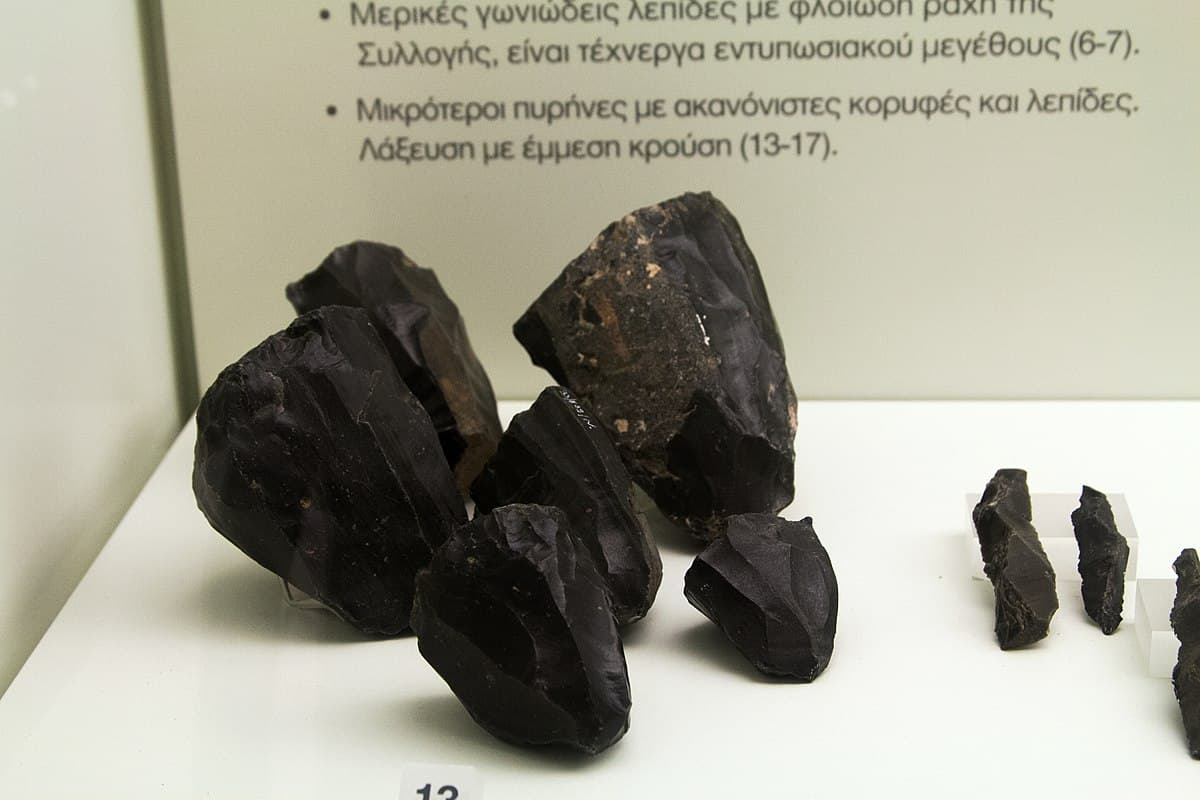
Gilsonite texture uses
Gilsonite Uses
Gilsonite is put to an extraordinarily diverse set of purposes, many of which have evolved over the years in response to developments in technology and the requirements of various industries
Kemmerer (1934), Carey and Roberts (1949), Davis (1951a, 1951b), Kretchman(1957), and Remington (1959) provide comprehensive summaries of the historical applications of Gilsonite
One of these applications was as a component of the long-lasting black paint that Ford Motor Company used on early Model T automobiles
Other applications include the use of Gilsonite as a catalyst in the production of nitroglycerin
According to the American Gilsonite Company (2008), there are hundreds of applications for Gilsonite; however, these applications can be broken down into five primary categories: 1) Asphalt paving mixes and coatings the performance of the pavement is improved when Gilsonite is added to asphalt paving mixes (also known as blacktop)
Gilsonite may also be utilized as an additive in pavement sealers that are of the emulsion and solvent-based types
Gilsonite is used in metallurgy, in adhesives and coatings, as a binder in refractories, and as a binder in brake pads
It is also employed as a catalyst in the production of refractories
3) Uses in the metal foundry industry Gilsonite is added to the molding sand mixtures that are used in the iron and steel casting processes
4) Inks and paints: the addition of Gilsonite to the formulation of inks and paints can reduce costs while simultaneously improving product qualities
Gilsonite has been used for a long time to improve the properties of drilling mud systems that are water-based, oil-based, and synthetic-based
Oil well drilling and well completions fall under this category
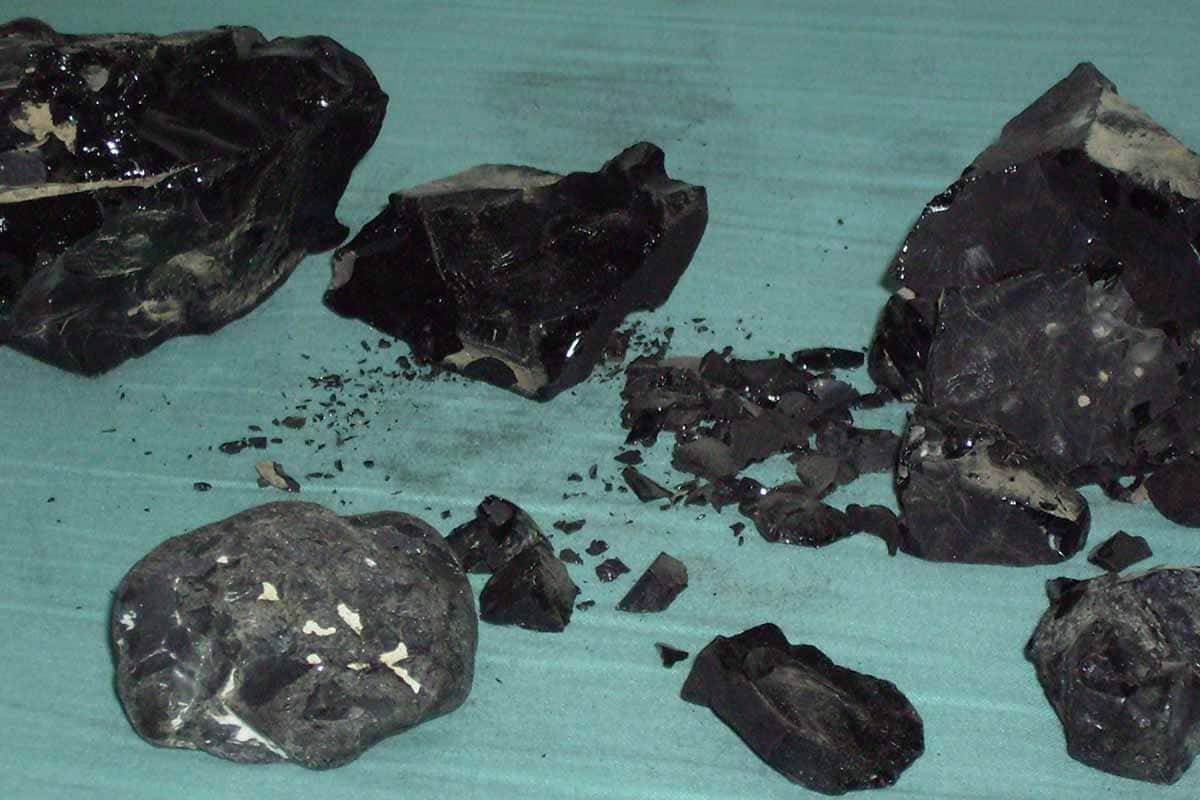
Gilsonite is also utilized in the control of lost circulation when used in low-density cementing slurries
American Gilsonite Company (2008) provides further information on these applications, and Tripp and White provide a summary of the information that they present (2006)
The mining of Gilsonite has a long and eventful history, which includes early exploration and development in rugged and remote countries by prospectors; the development of uses and markets; competition for the resource; conflicts between Native Americans, developers, and the United States Government; the passage of laws; the consolidation of development companies; the development of processing and transportation infrastructure; and competition for markets
Although the history that occurred before 1938 is immensely interesting, the history that has occurred since that year will be the primary emphasis of this article
The pre-1938 phase of Gilsonite discovery and development was explored in length by Crawford (1957), Kretchman (1957), Remington (1959), Covington (1964), and Bender (1970)
Their stories have also been summarized by Tripp (2004), and Tripp and White (2005)
(2006)
After attaining the leading Gilsonite position in the Uinta Basin, The Gilson Asphaltum Company changed its name to the Barber Asphalt Company in 1938
Barber Asphalt Company was the forerunner of Barber Oil Company
In 1948, Barber Oil Company made a deal with Standard Oil of California, which is now known as ChevronTexaco Corporation, to sell a portion of its ownership in the Gilsonite facility (Lewis, 1994)
The new business venture, which is owned by both parties, is known as the American Gilsonite Company (AGC)
The efforts of the previous business to produce gasoline and high-purity electrode carbon from Gilsonite were resumed by the new company (Kretchman, 1957)
By 1954, the issues with the refinery’s design had been resolved; however, in order to make the project profitable, a method of transporting the Gilsonite at a lower cost was required
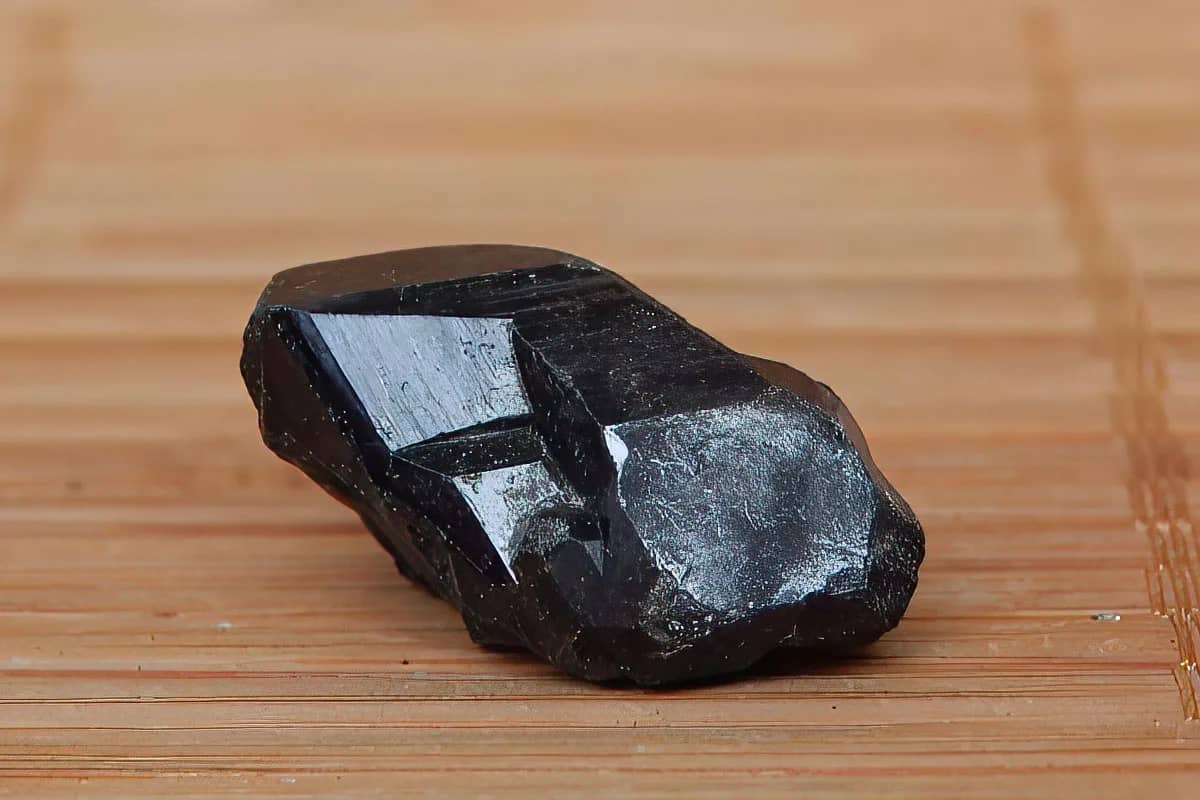
On an abandoned railroad right-of-way, a 72-mile-long slurry pipeline was created, and it was connected to a new petroleum refinery in Gilsonite, Colorado, which had been built expressly to process Gilsonite
The refinery opened in August 1957
(Kretchman, 1957)
The western part of Colorado was the target market for the gasoline that was produced at the refinery, while the majority of the electrode carbon was destined to be sold to the expanding aluminum smelting sector in the Pacific Northwest (Henderson, 1957)
The expansion of output was significantly aided by the utilization of Gilsonite as a feedstock for refineries
Kilborn (1964) provided a detailed description of the hydraulic mining process
In 1957, AGC began mining Gilsonite with water jet cutters in order to increase production and reduce the risk of Gilsonite dust explosions
Gilsonite refining was terminated by AGC in 1973, and the refinery was subsequently sold
As a direct consequence of this, the annual production of the mine dropped from approximately 360,000 tons to approximately 54,000 tons
Gilsonite clay was repurposed for applications other than fuel at AGC, and within ten years, the company had increased its production of Gilsonite to 91,000 tons annually (Jackson, 1985)
In the year 1981, AGC invested $6 million in a brand new processing plant to replace its 30-year-old mill that had the capacity to produce 4,500 tons per month
The new mill was built to process 9,000 tons of ore per month, while also being more efficient, improving product quality, and complying with environmental and safety laws (Jackson, 1985)
In January of 1981, Chevron completed the purchase of Barber Oil’s stake in the company (Jackson, 1985; Hawes, 1990)
AGC has simultaneously mined ore from a number of mines on a variety of veins in order to offer the different grades of Gilsonite that clients have requested
Ore was extracted by AGC from 11 Gilsonite mines in the area of Bonanza in 1983
(Shushan, 1983)
Chevron sold its Gilsonite business to Stratford Enterprises Company of Tulsa, Oklahoma, in the year 1991
(Lewis, 1994)
After that, AGC transitioned into an independent and publicly traded corporation, which it remained until March 2008, when it was acquired by American Gilsonite Holding Company, a portfolio company that is privately held and owned by Palladium Equity Partners III, L
P
(Business Wire, 2008)
In 2007, AGC had a total of 91 employees working in its mines, mill in Bonanza, and office (U
S
Mine Safety and Health Administration, 2008)



